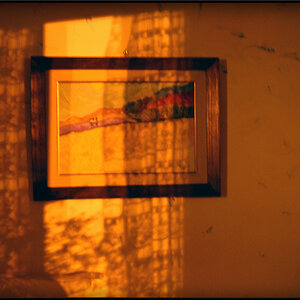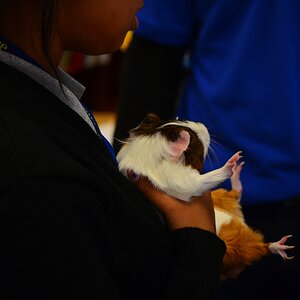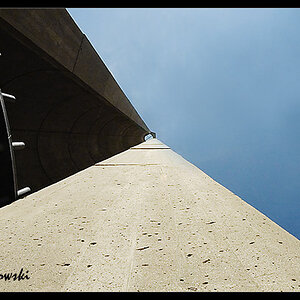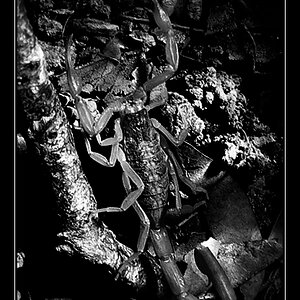Derrel
Mr. Rain Cloud
- Joined
- Jul 23, 2009
- Messages
- 48,225
- Reaction score
- 18,941
- Location
- USA
- Website
- www.pbase.com
- Can others edit my Photos
- Photos OK to edit
I will be honest that I know very little about high end manual focus lenses, like the ones from Leica.
I think this would be a good homework assignment for me, to do research on them.
Maybe I should just save for a long time and make one of them my next lens. Theres no better way to understand something than to use and study it.
The only problem with Leica's high-end manual focusing lenses is that they are made only for Leica M-mount cameras: Leica discontinued its manual focus R-mount 35mm film camera and all lenses recently, and their S2 digital medium format camera and all of its lenses are, GASP!--autofocusing!!!!!!!!
Zeiss is now selling high-end manual focusing lenses in Nikon F, Canon EF, and Pentax K-mount, at around $1100 per lens.


![[No title]](/data/xfmg/thumbnail/35/35666-9f404fab7b896e4ec114160079fa71c6.jpg?1619737090)
![[No title]](/data/xfmg/thumbnail/32/32003-70dfe149c27224e28ba98e975984e01e.jpg?1619735147)
![[No title]](/data/xfmg/thumbnail/35/35668-5ed46d3abc5acbedc69d68e0c3a2173a.jpg?1619737090)
![[No title]](/data/xfmg/thumbnail/35/35665-6506470fd930bd101375a007d572615a.jpg?1619737089)

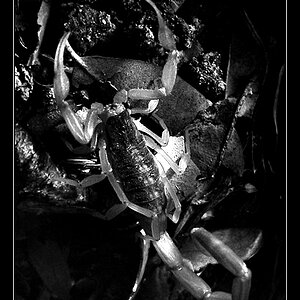
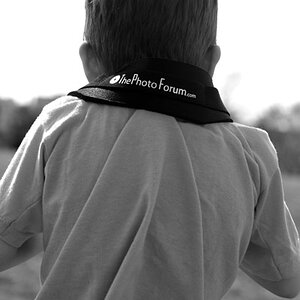
![[No title]](/data/xfmg/thumbnail/34/34114-dd12be026979ccd4182c5f478bd91448.jpg?1619736284)
